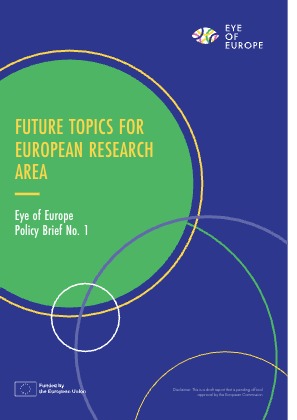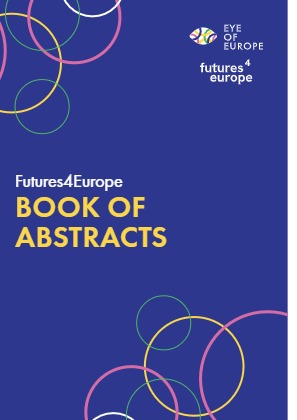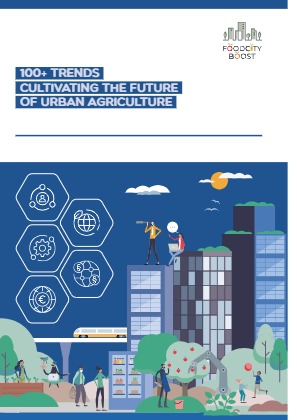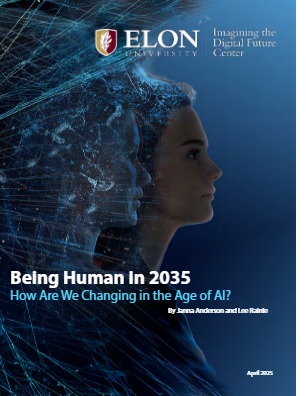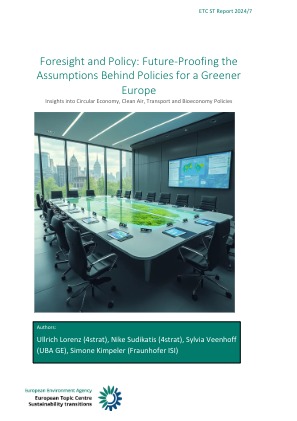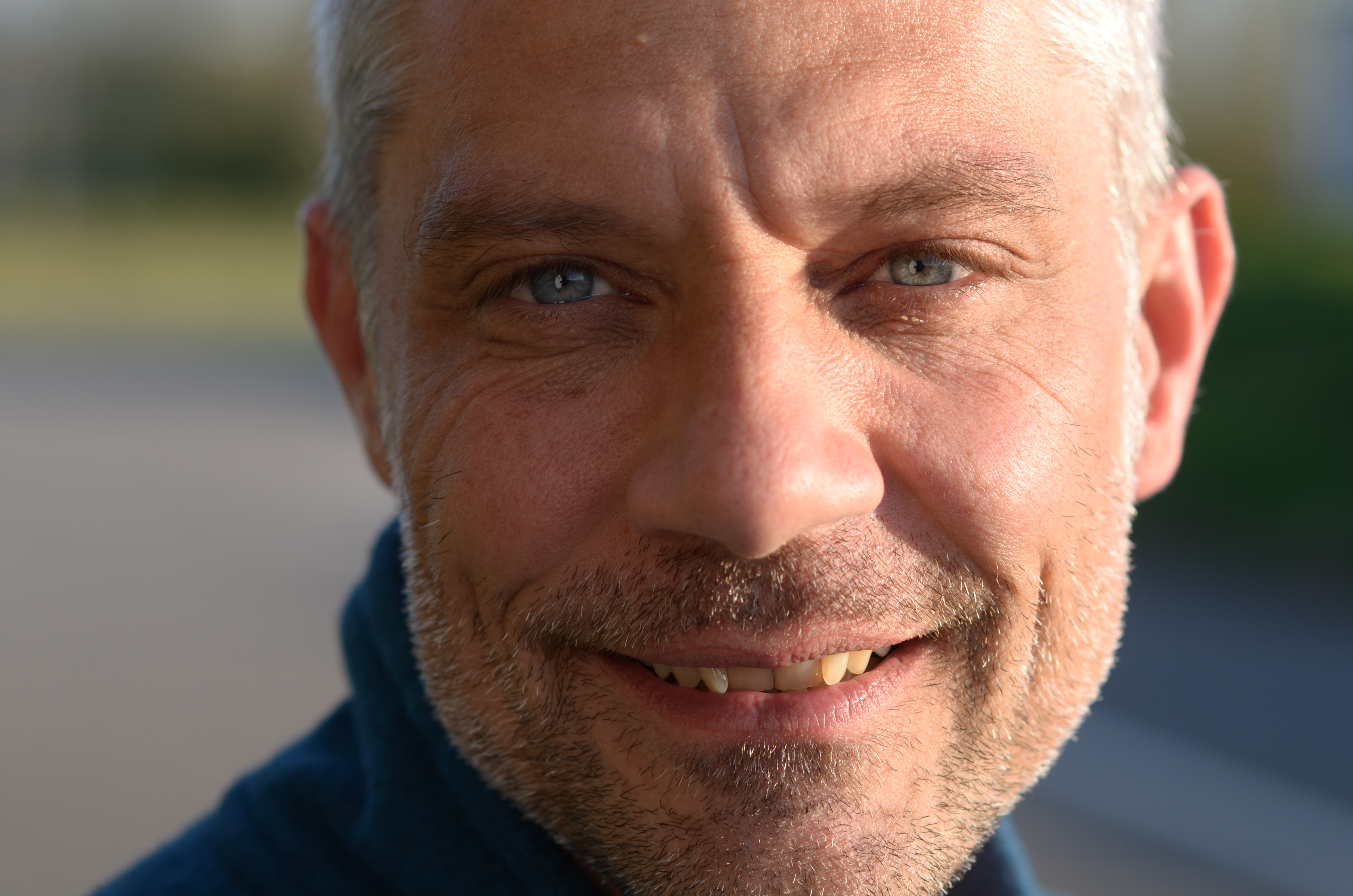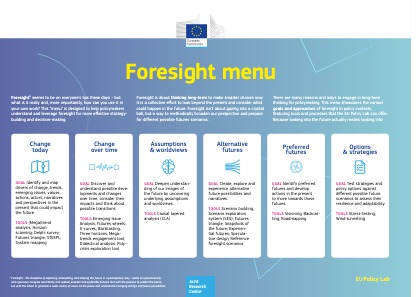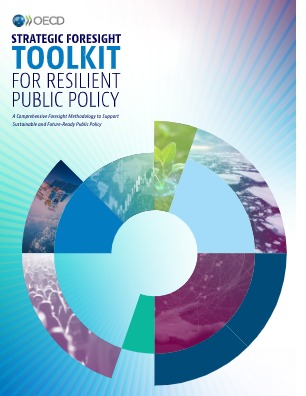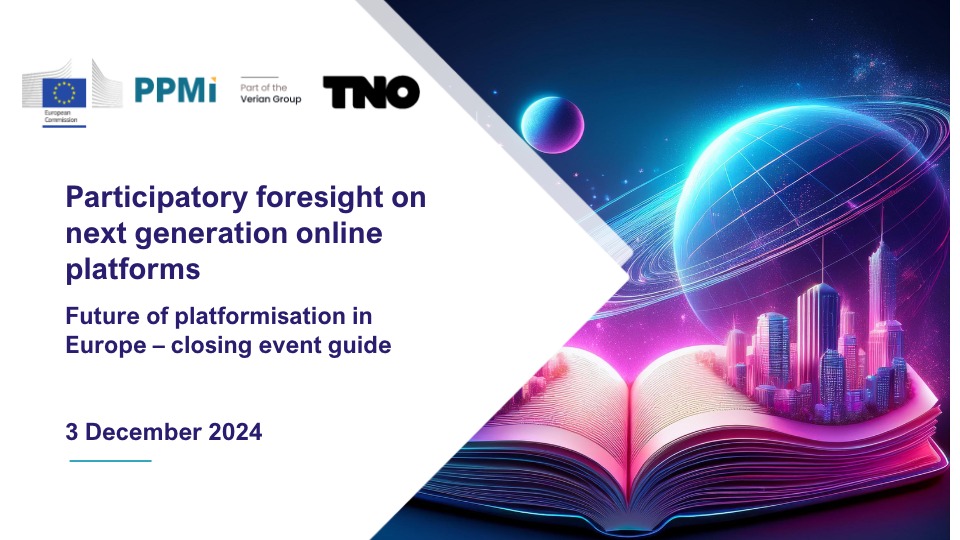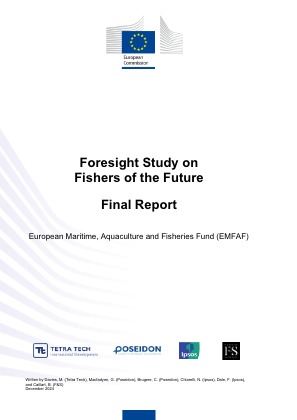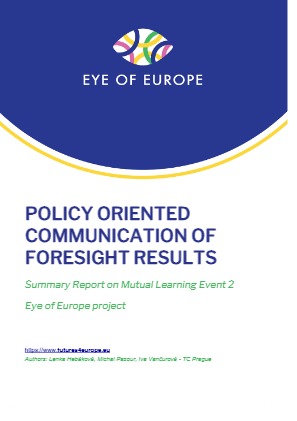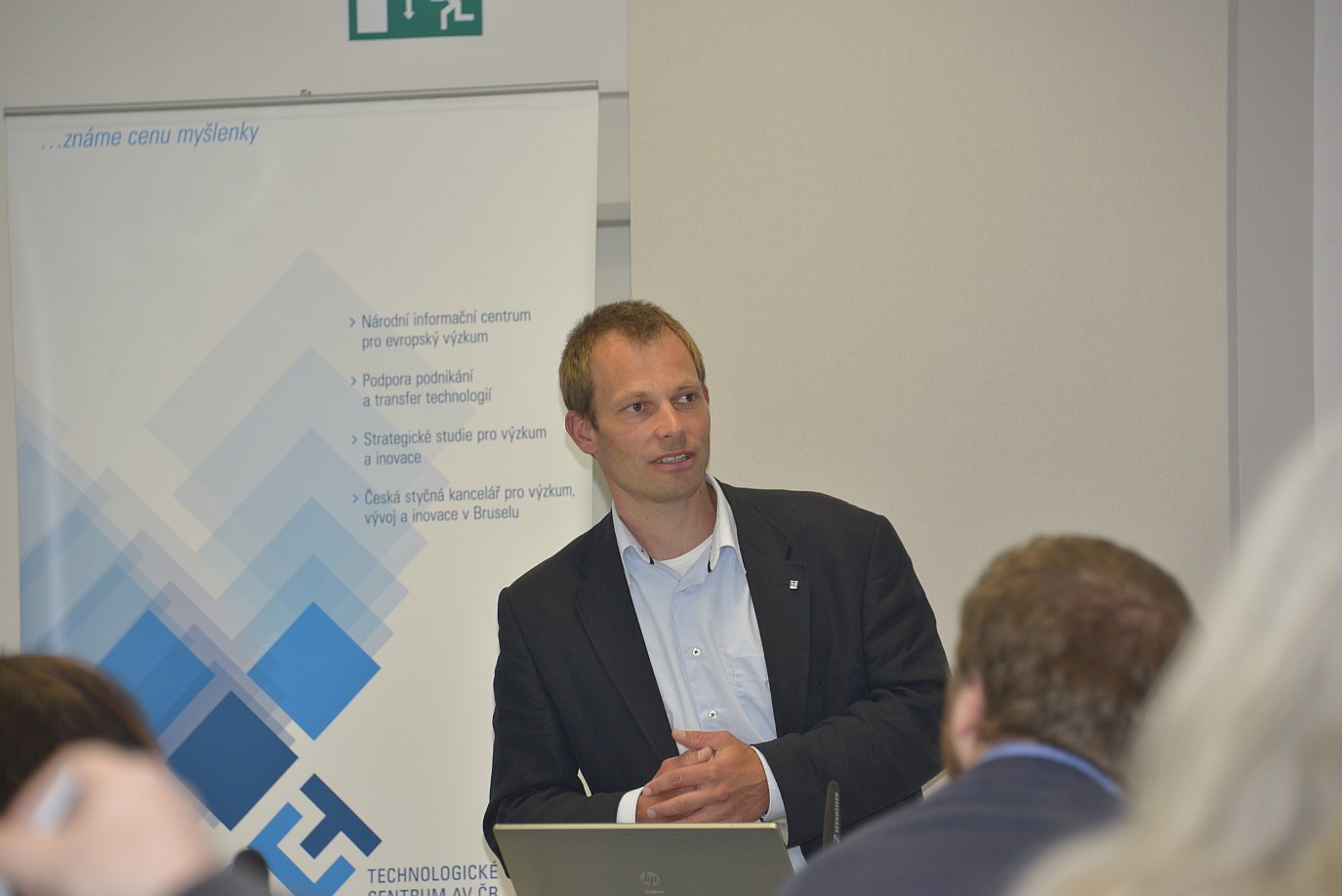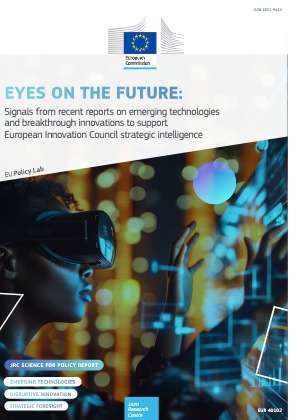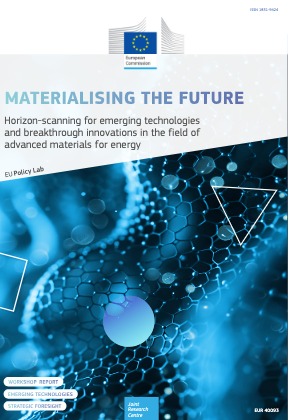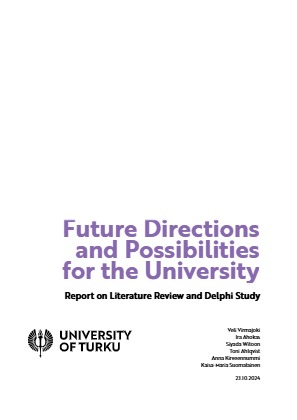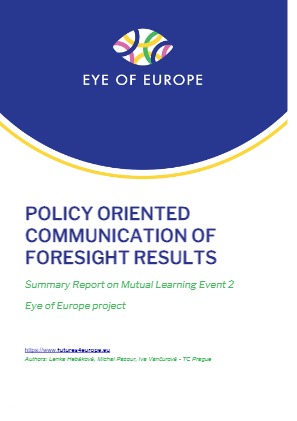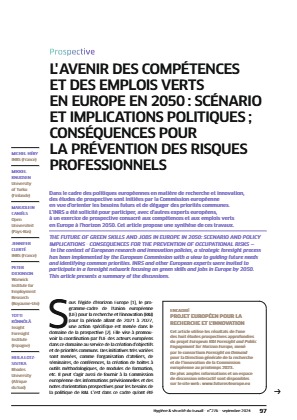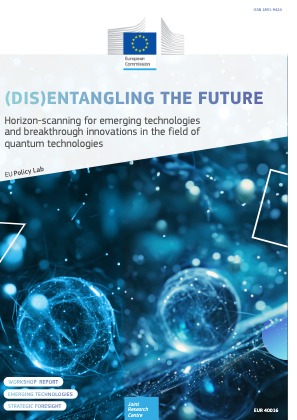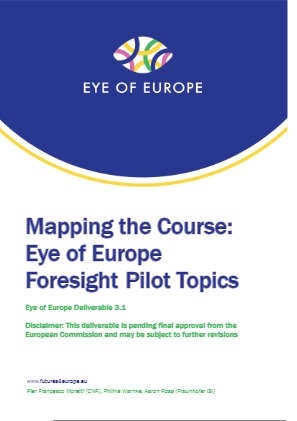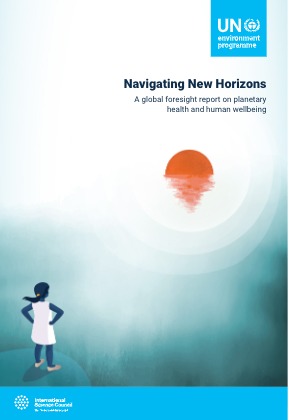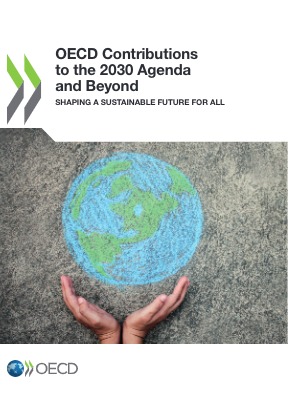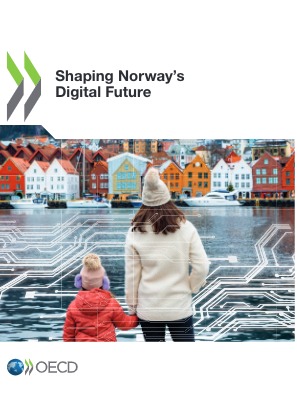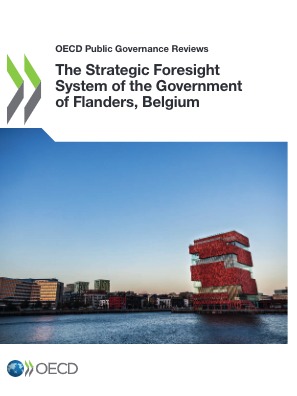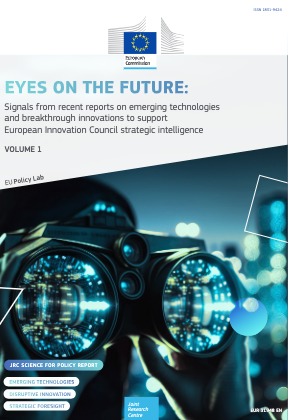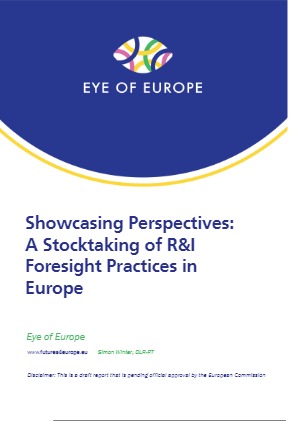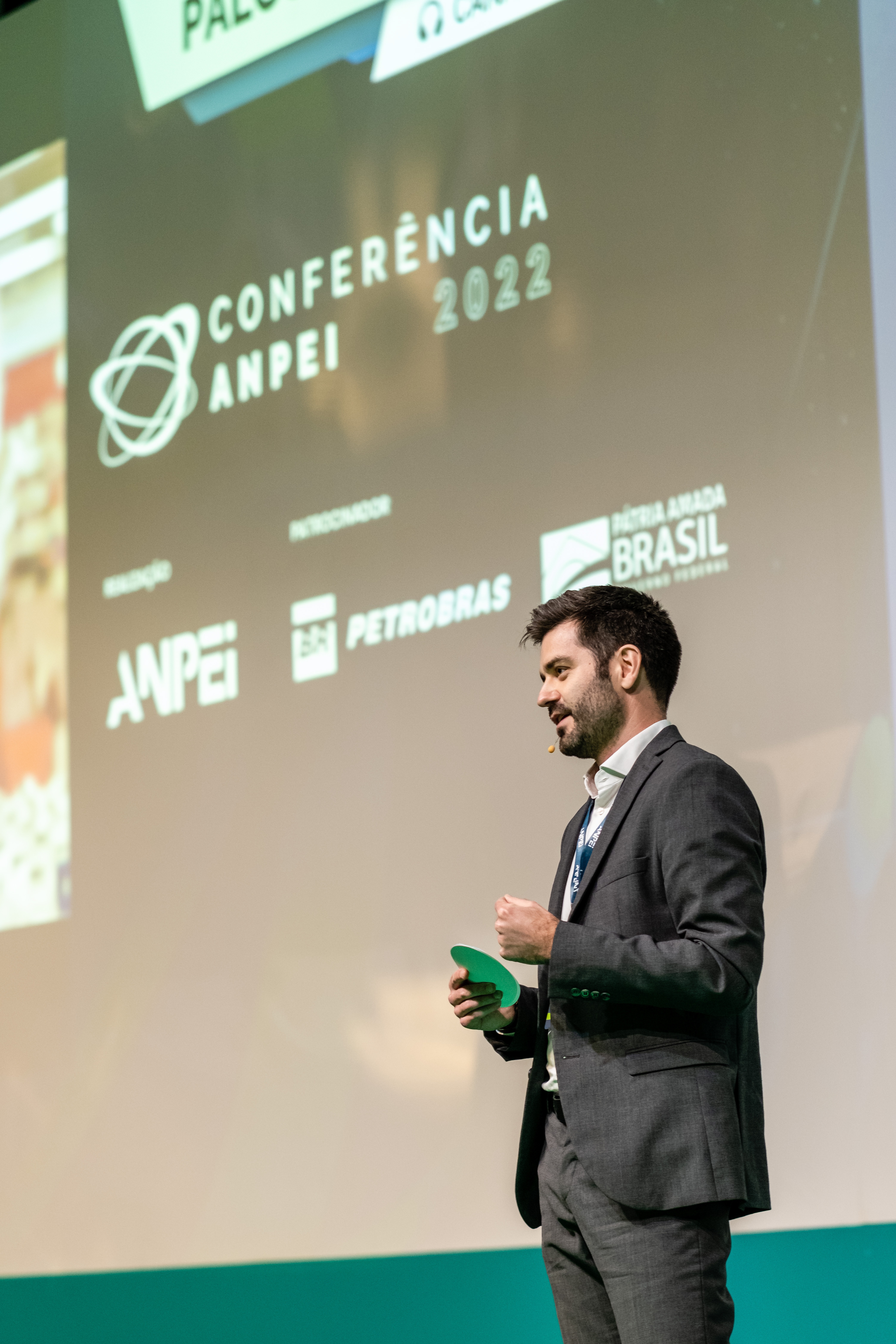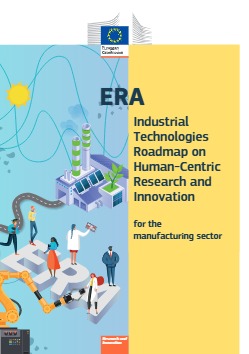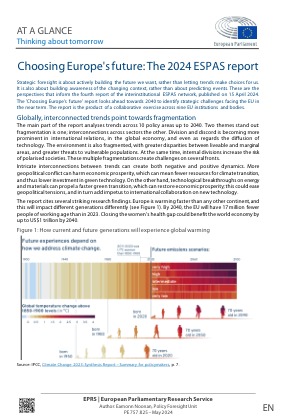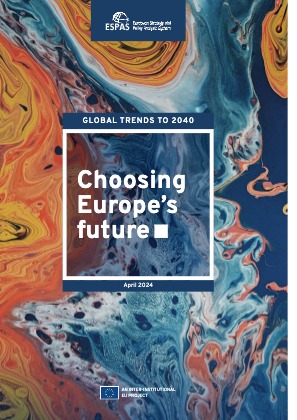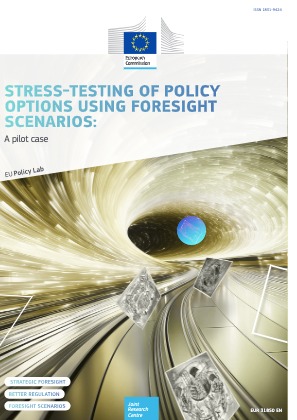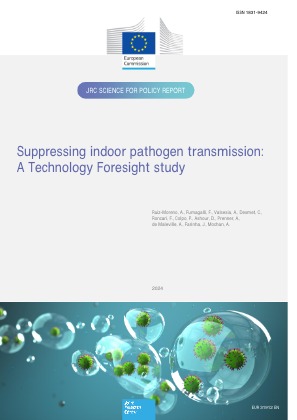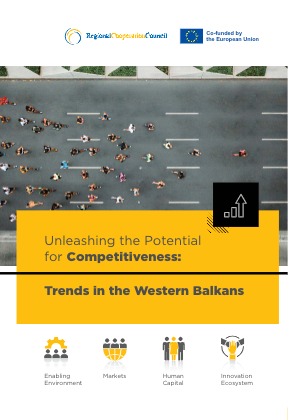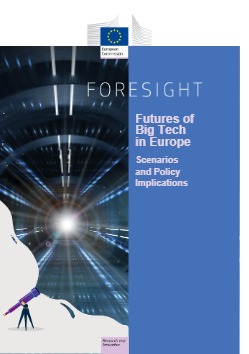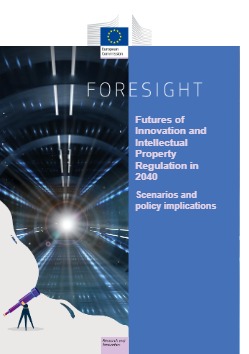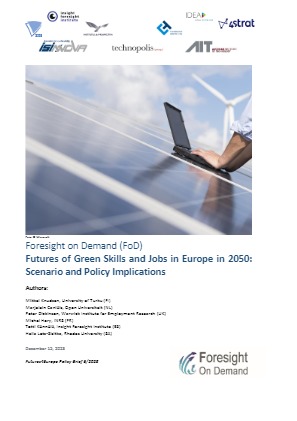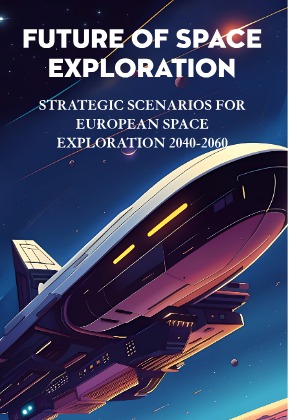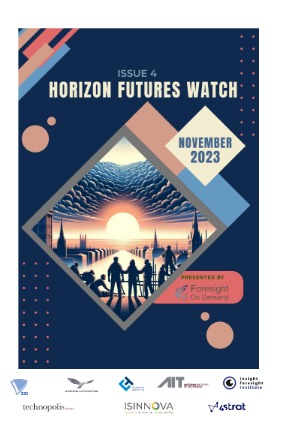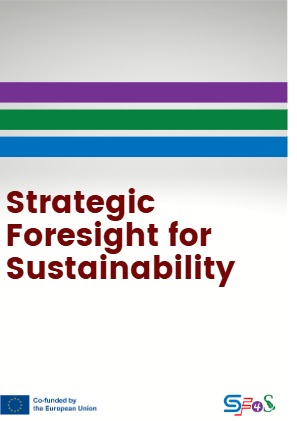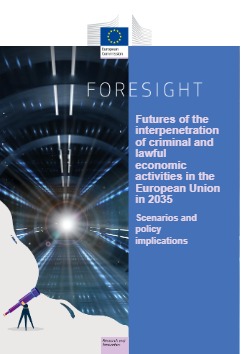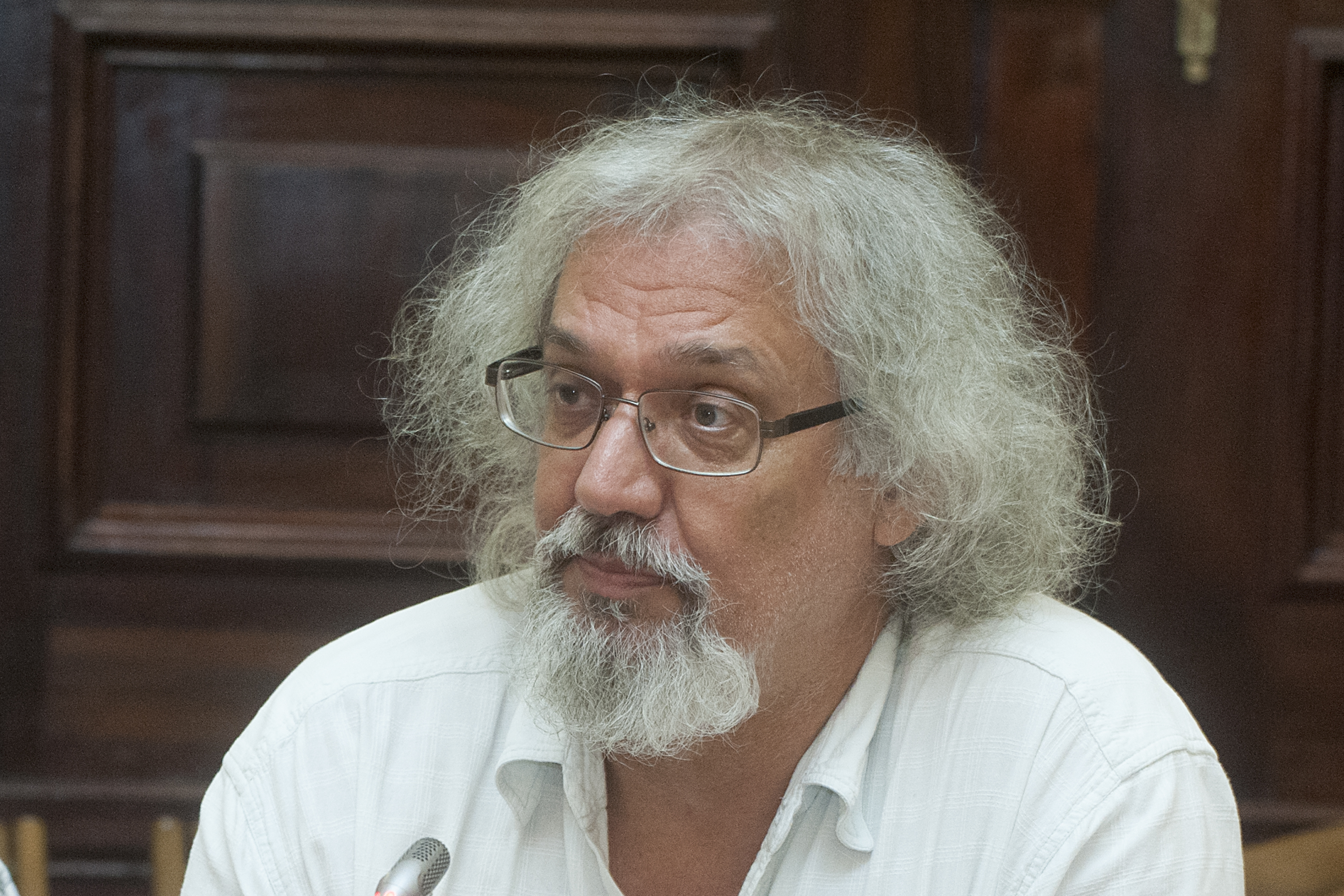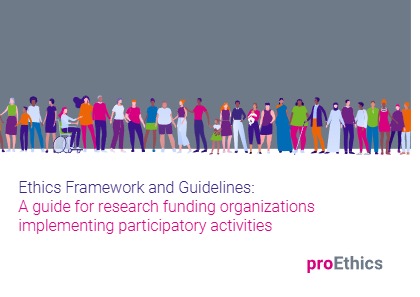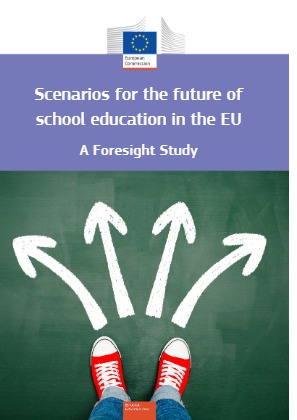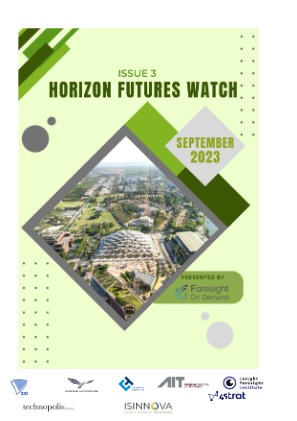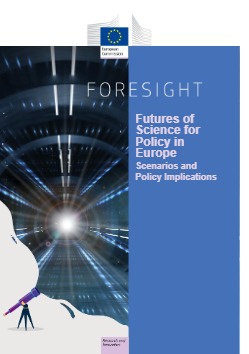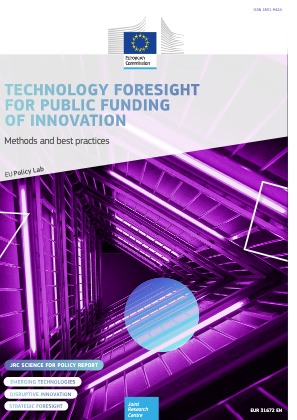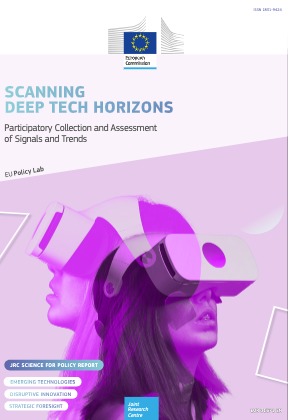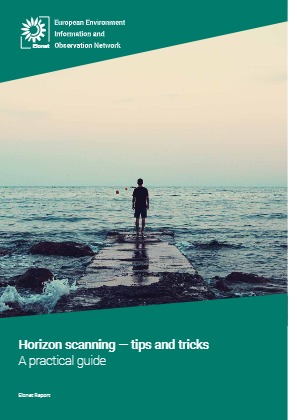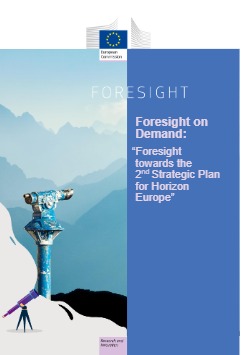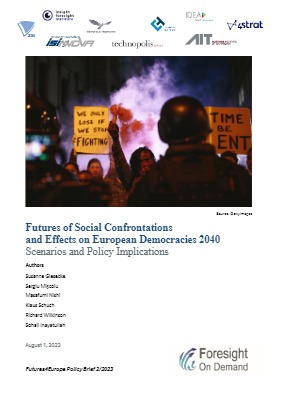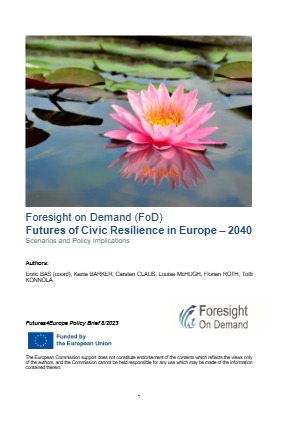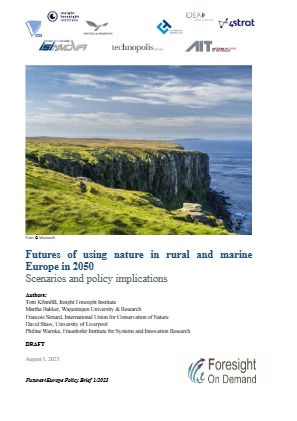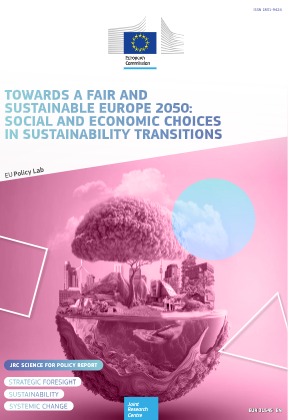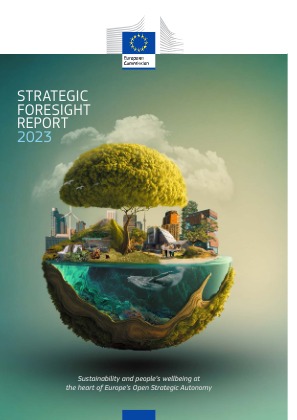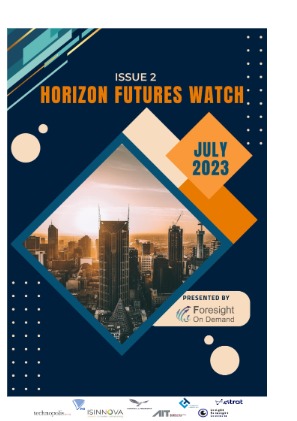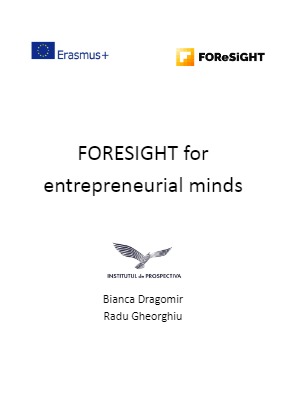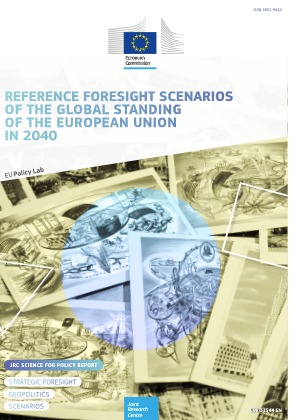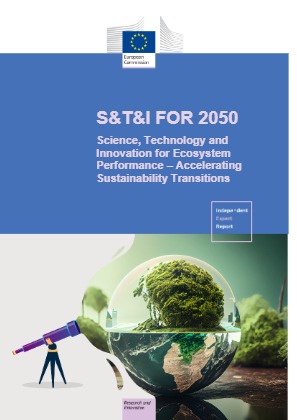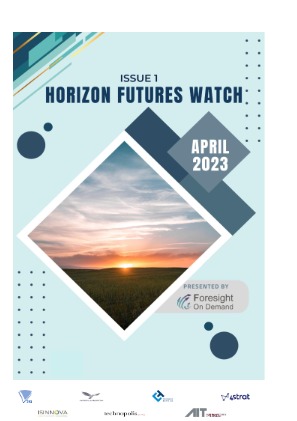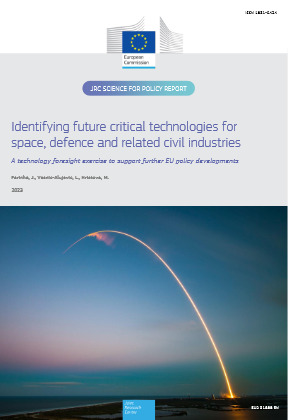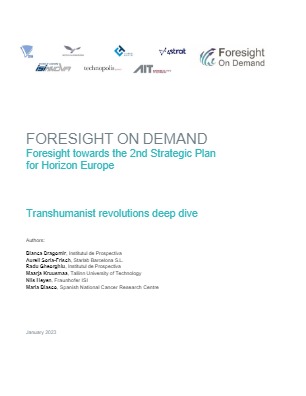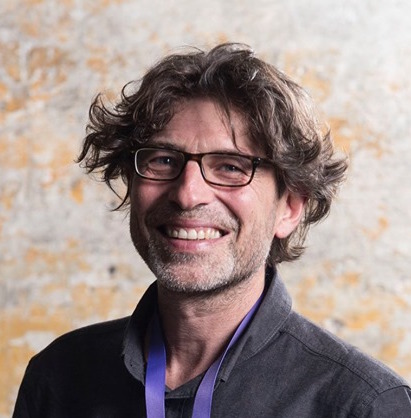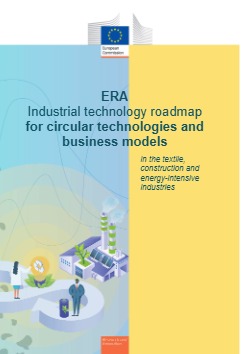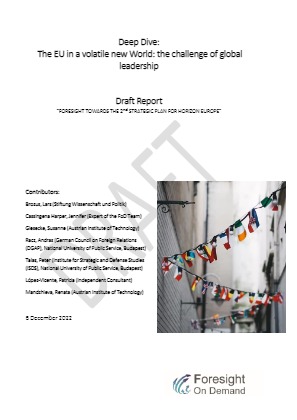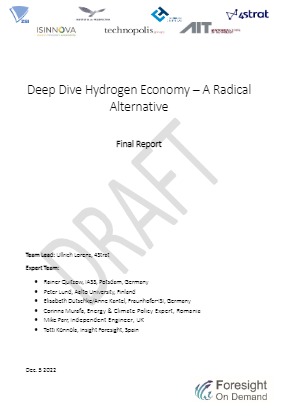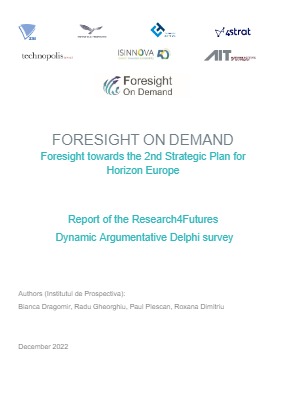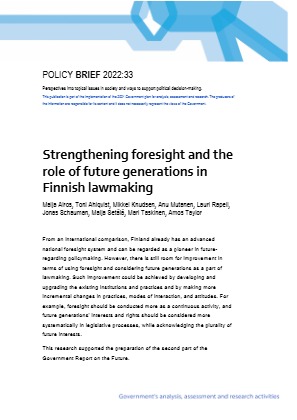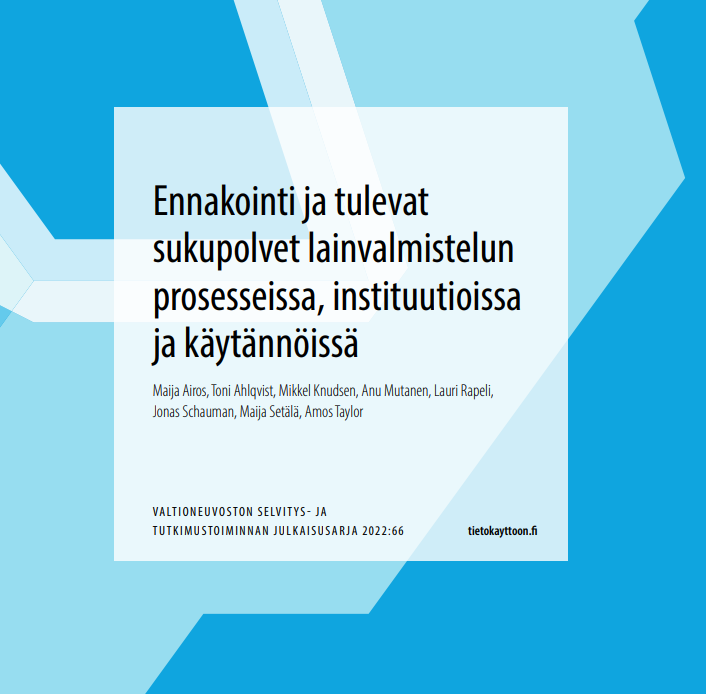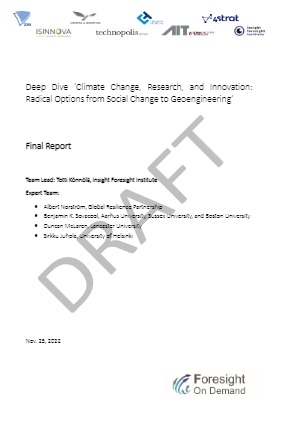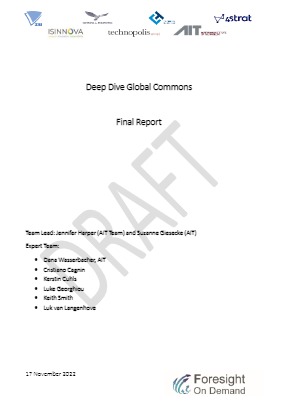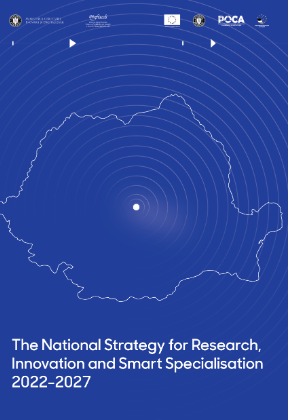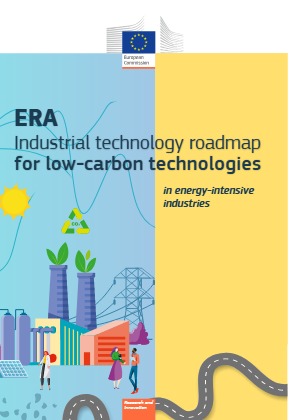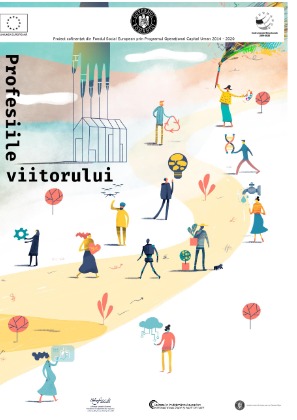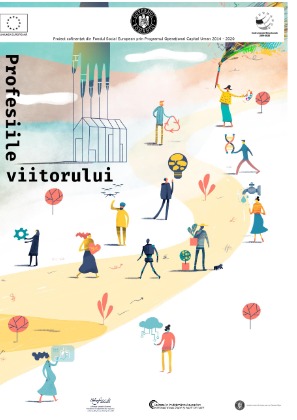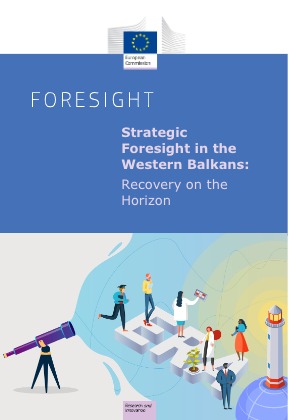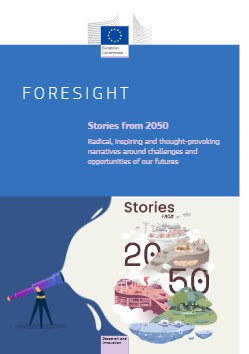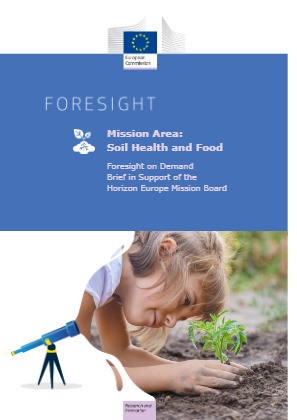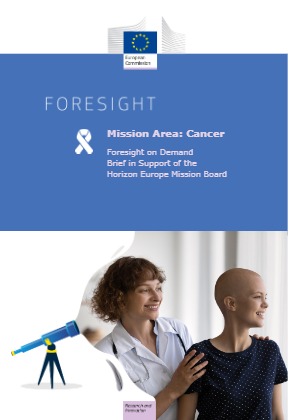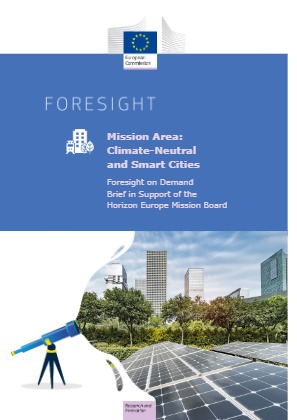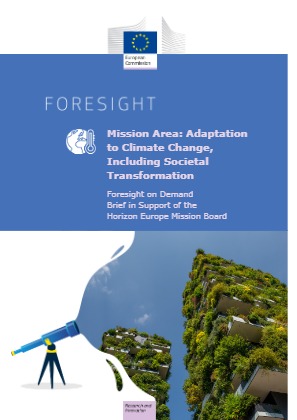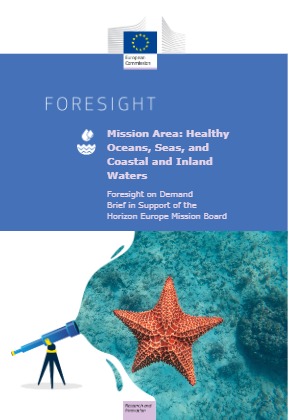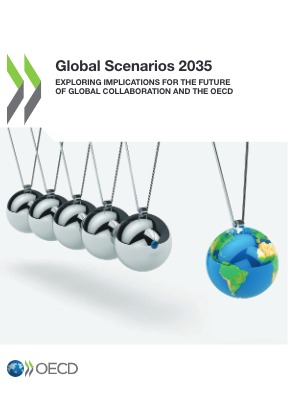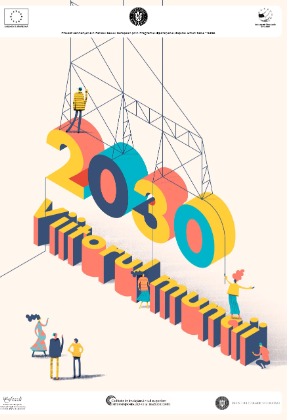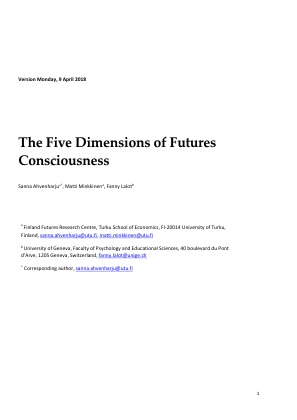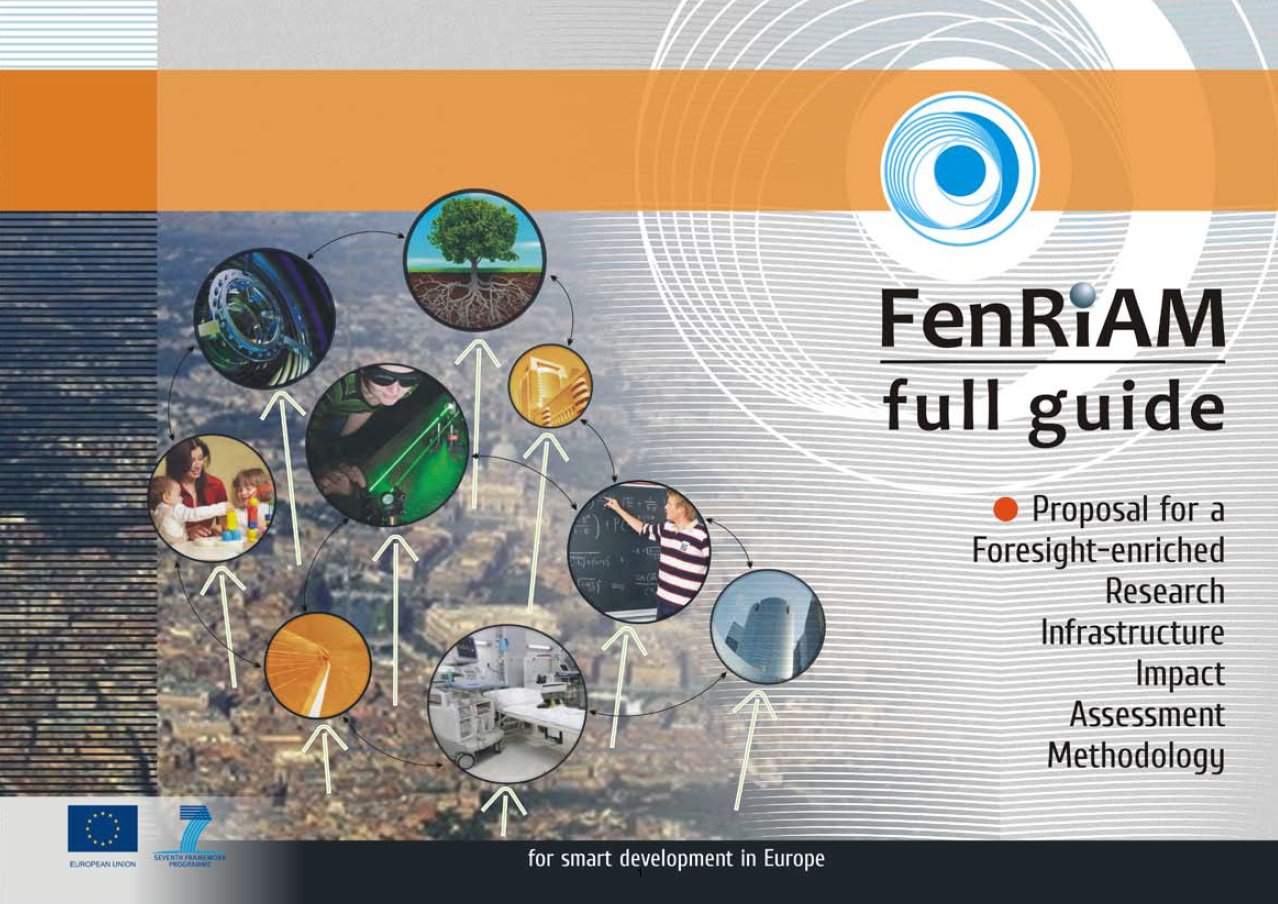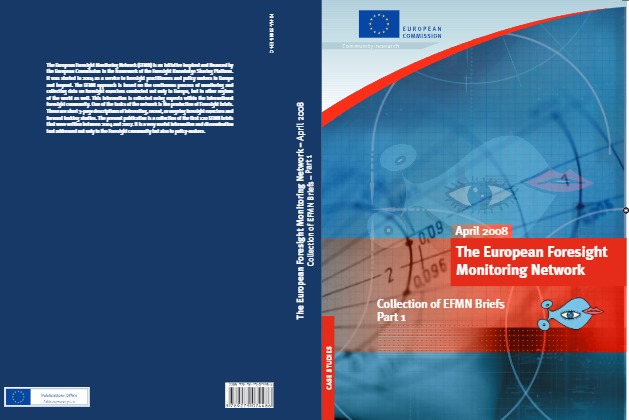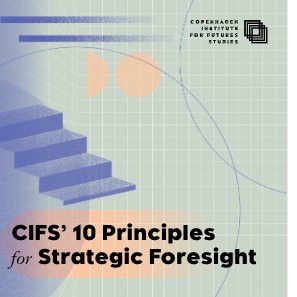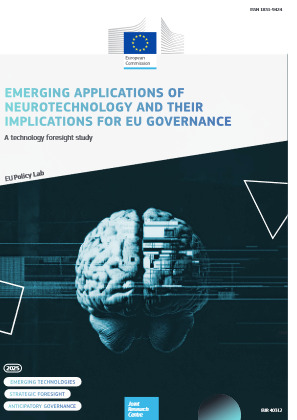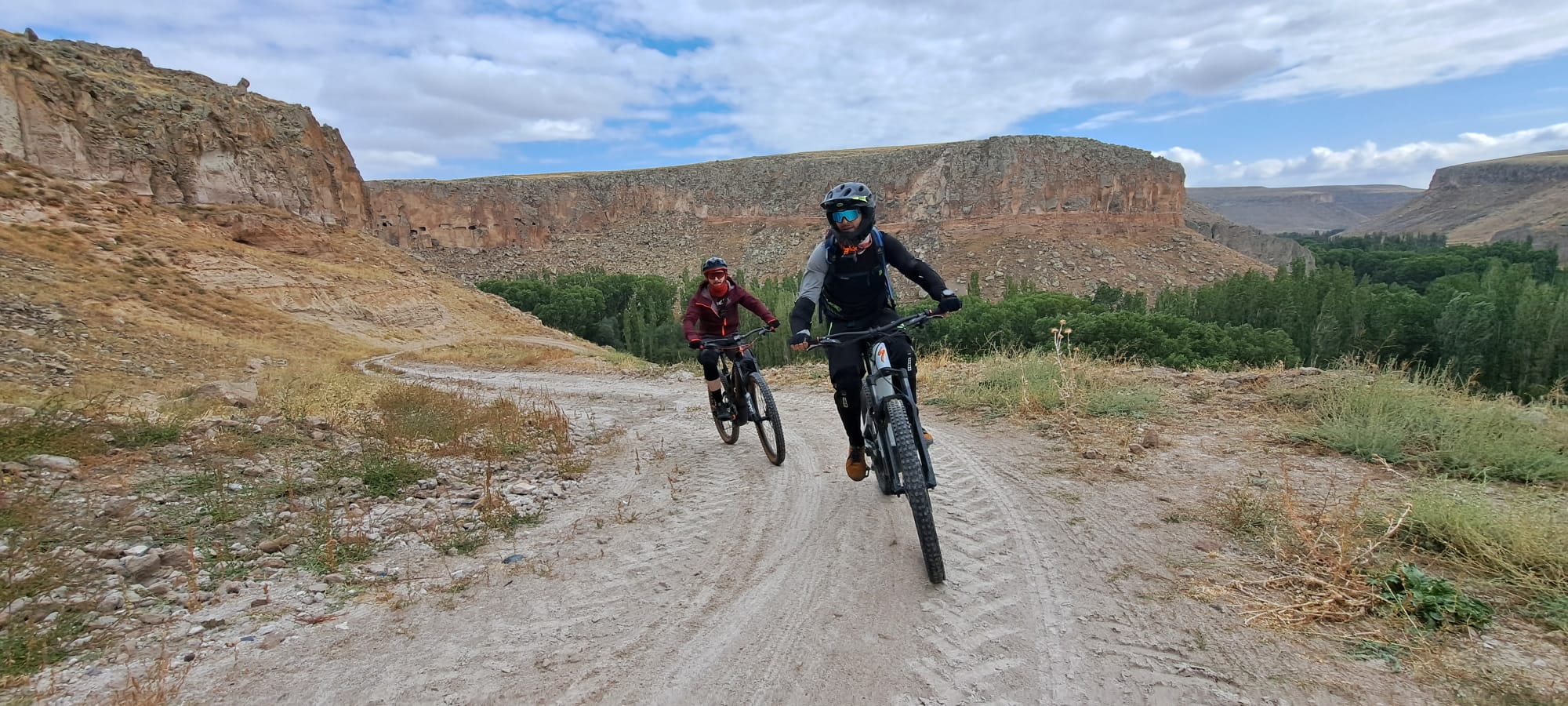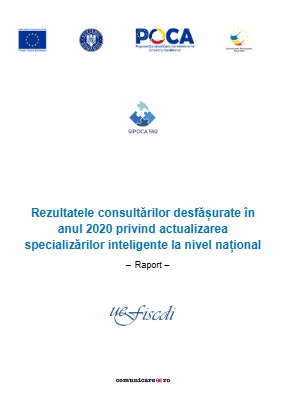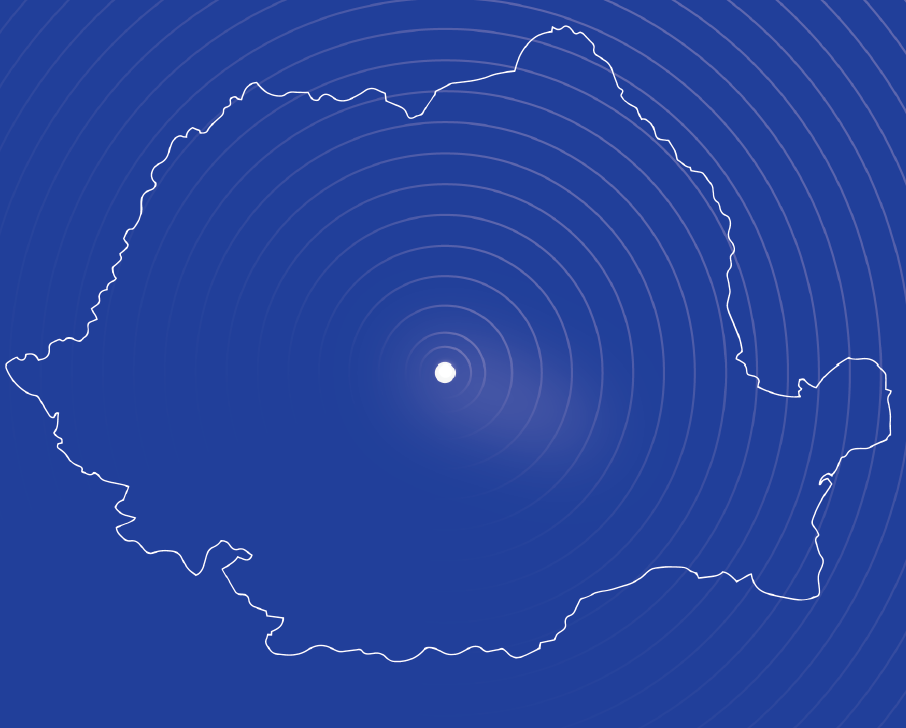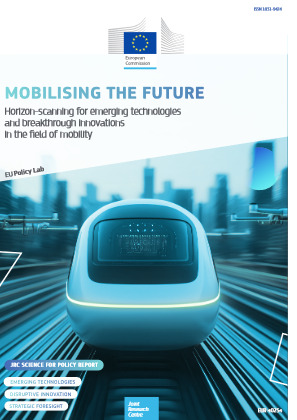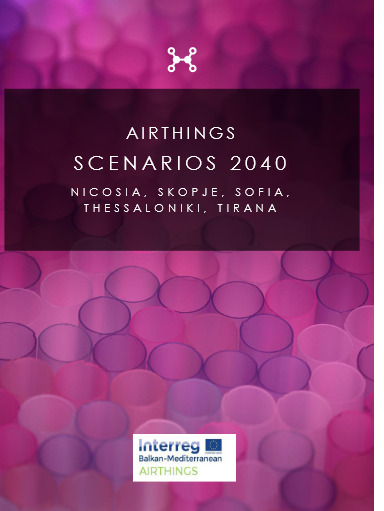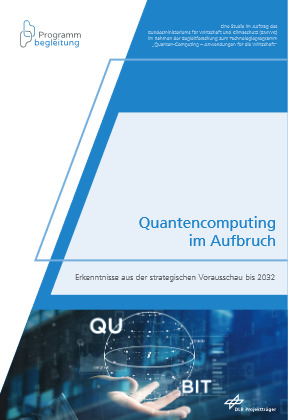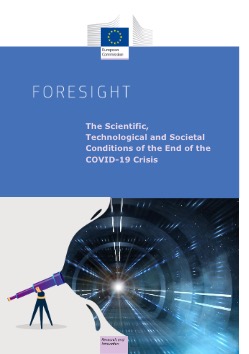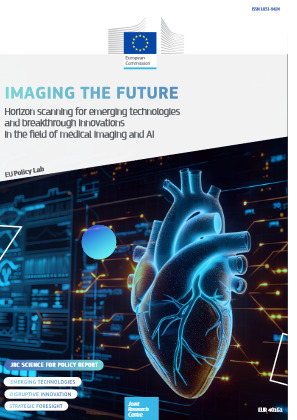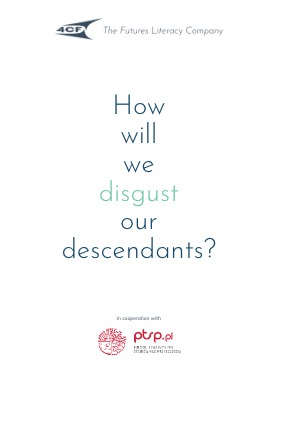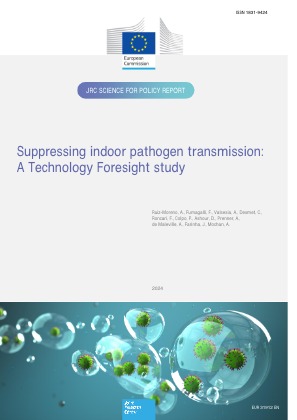The Future of Sustainable Fashion event took place on Monday, January 20, 2025, at the MOMus - Museum of Modern Art in Thessaloniki, Greece. The workshop was implemented surrounded by the relative with the subject exhibition Collective Threads: Anna Andreeva at the Red Rose Silk Factory. This initiative was implemented by Helenos Consulting, a partner of the Eye of Europe Project, and aimed to engage local citizens.
I. Introduction
Today, our highly complex and uncertain world requires strategic tools that will help us create new sustainable development trajectories. Fashion is more than an industry. It can reveal unique and collective identities, norms, and ethics but is also associated with environmental issues. It is one of the largest pollutant industries, prompting a shift in how we produce and consume fashion items. How might the climate crisis change our attitudes, and how does this impact the fashion industry?
Historically, fashion trends have been reflecting social issues. Characteristics examples are the 50’s full skirts in America, which put the woman in a specific position within the family and society, and the feminine wig hair in Ancient Egypt as a symbol of wisdom and respect revealing the matriarchal regime that was dominating in that period, and many other incidents. Nowadays, the role of the sexes has changed, while fashion consumption can also demonstrate our ethics and norms about social issues such as working conditions and climate change. The main goal of the workshop on the Future of Sustainable Fashion is to explore all these connections among objects, fiction, culture, and systems and to inspire participants to rethink their consumption habits, express themselves, imagine, and co-create alternative futures. It proposes a significant shift in fashion's approach to the future, moving away from short-term trends and predictions based on economic growth and industrial productivity, and instead embracing a more long-term, values-driven, empathetic, collective, humane, and environmentally conscious approach.
II. Results and outcomes
Favorite Fashion Items
The description and explanation of participants' favorite fashion items reveal broader categories for evaluating and preferring these items. The first category focuses on practicality, with comfort and elegance being the most valued aspects. The second category encompasses ethical consumption, including support for local and national small producers and a preference for sustainably made fashion products. The third category addresses the emotions these items evoke, with positive feelings such as love, affection, confidence, simplicity, and self-sufficiency being the most prominent. Additionally, emotions related to femininity, self-expression, and the expression of both collective and personal identities are also significant. Furthermore, the role of culture and tradition in fashion is highlighted as contributing to the support of collective identities.
Fashion Timeline Analysis
Based on the categorization of the results of each group, we created the following Fashion Timeline Analysis, taking into account the three horizons: past, present and future.
Past
The historical fashion industry was characterized by the positive aspects of high-quality, durable garments and a slow fashion approach that allowed for customization and trust in producers. However, there were significant challenges. While garments were crafted with superior materials and provided longevity, the disadvantages that were referred were about complexity and the high costs of the manufacturing process, making clothing less accessible to the general public. Consequently, there was a lack of diversity in fashion, while clothing often reinforced social stereotypes, such as restrictive garments for women, including corsets that symbolized oppression. In addition to that, textiles and designs were often uncomfortable and harmful, and the widespread use of animal-derived materials imposing ecosystemic consequences.
Present
Today’s fashion industry has undergone major transformations. In the positive aspects, clothing is more affordable and diverse. Furthermore, fashion has become a medium for self-expression, reflecting social changes, including gender fluidity and inclusivity. The emergence of eco-friendly and vegan materials, along with the rise of second-hand clothing and circular economy initiatives, has brought sustainability into focus. However, the quality of clothing has declined due to mass production, and the environmental impact of the industry is significant. Fast fashion has led to poor working conditions, harmful materials, and an increase in overconsumption. The global standardization of clothing has reduced cultural uniqueness, and consumerism continues to be driven by brand status rather than necessity.
Future
Looking ahead, the fashion industry holds potential for ethical and sustainable improvements while leveraging technological advancements to enhance efficiency and inclusivity. According to the participants, ethical consumer choices and circular economy principles should be prioritized, promoting recycling and reusing textiles to reduce environmental impact. Transparency in supply chains will become more prevalent, and innovations in smart textiles and wearable technology are expected to revolutionize the industry. Additionally, inclusivity in fashion can ensure that clothing serves the needs of diverse and vulnerable groups. On the negative side, the rising costs of sustainable fashion may create accessibility issues, and despite sustainability efforts, fashion waste may continue to be a problem. The scarcity of raw materials poses another threat, and wearable technology raises concerns regarding privacy and data security. The growing trend of online consumption may also reduce personal human interactions in fashion retail, altering the shopping experience.
What-if Scenarios, Fashion Artefacts, Values and Emotions
Three out of the five scenarios envisioned and described the negative impact of climate change, illustrating how it would affect humanity and our way of life. Two scenarios imagined a return to a rural way of living, where people would cultivate their own food. In one case, climate change led to a scarcity of raw materials, forcing society to revert to ancient practices, including wearing animal leather. In contrast, a more optimistic scenario depicted humanity achieving self-awareness and proactively addressing environmental issues. Another scenario, closely resembling the present, portrayed fast fashion continuing to dominate, fostering monopolistic markets that resulted in homogenized clothing and severe environmental consequences. Lastly, a dystopian scenario envisioned the destruction of Earth, prompting human migration to another planet where they had to coexist with extraterrestrial beings.
Despite the diversity of these scenarios, the core social values associated with life and fashion remained remarkably similar across them. In three of the five cases, artefacts were primarily utilized as tools for survival, safety, and adaptation to new realities. The remaining two scenarios emphasized the detection of emotions through artefacts. Social values such as solidarity, functionality, and consciousness were prevalent throughout the workshop’s results. Additionally, the idea of uniforms replacing diverse clothing was proposed, positioning them as essential tools for survival.
All artefacts incorporated new technologies, with AI sensors and nanotechnology-based materials and textiles being the most prominent. Organic materials were also integrated into one artefact, highlighting the growing emphasis on sustainability and innovation in future fashion.
Fashion Futuring Wheel
The working groups made suggestions and propositions in the following R&I policy aspects.
Manufacturing & Distribution
The future of fashion manufacturing and distribution is closely linked to sustainability and ethical production. Fair trade practices, green logistics using renewable energy sources, and robotic automation to eliminate exploitative labor practices were highlighted as key developments. For the last suggestion there should be caution when we integrate robots in the production process, since machines should be seen as tools to assist rather than replace human workers.
Industrial symbiosis is gaining traction, where industries should collaborate to minimize waste. Small producers are called to play a larger role, ensuring localized and more sustainable production models. Affordable raw materials and green manufacturing practices will be essential for our future to be viable, and actions towards ethical working regulations, are required.
Environment, Social Responsibility, and Governance (ESG)
For ESG, emphasis was given on funding initiatives that encourage companies to adopt green practices. In governance, participatory decision-making models could enhance the integration of ESG principles into the industry, while regulations particularly in relation to human and non-human relationships, was also mentioned as a determinant in the shape of the future landscape.
Arts & Philosophy
Art and philosophy should continue to shape fashion by promoting sustainability and respect for nature. Some ideas included artistic fairs focused on planetary well-being, that aim to sensitize citizens about environmental issues and self-expression and decolonization as the main concepts in future art to influence design and fashion. The New European Bauhaus and permaculture principles constitute good practices that could inspire societies to align fashion with natural ecosystems, while philosophical movements should be used to reinforce discipline and balance over consumerism.
Education & Politics
Education and politics are expected to play a crucial role in shaping the fashion industry's future. Actions including public funding for education in sustainability awareness, but also inclusivity being at the center of learning outcomes in the educational system, and re-skilling of workforce to be prepared and adapted to new innovations and technologies, were suggested. Furthermore, participants highlighted the influence of participatory workshops to engage citizens in social and environmental issues, fostering responsibility and ethical consumer behavior.
Consumption & Trends
Consumer habits are expected to evolve towards more ethical and sustainable choices, serving a good cause rather than mere aesthetics. According to the audience, trends should prioritize discipline and simplicity, encouraging consumers to rethink purchases before buying. In this context, the demand for affordable green clothing will rise, reinforcing the circular economy, where people will choose their clothes based on functionality and durability. Another important aspect is the need for transparency in fashion value chain to become a standard practice, which was also proposed during the workshop.
Communication
Communication in the fashion industry will be driven by digitalization, inclusivity and transparency. Platforms should adopt an educational character towards sustainability awareness in fashion, while hologram assistants are expected to become prevalent, guiding consumers through ethical purchasing decisions. The evaluation of information will be necessary to ensure transparency and credibility in fashion-related discussions. At the same time, ethical considerations and inclusivity will be fundamental in communication strategies.
Design Principles
Similarly to the aspect of Communication, in Design Principles, digitization, inclusivity and sustainability were recognized as the main values in future development in Design. Digitalization in design can lead to better results in terms of efficiency, but also in more eco-friendly processes. The integration of new technologies such as AI, is expected to transform the design process and change fundamentally the fashion industry. Furthermore, design should be more inclusive, meaning that it should consider the needs of more diversified and vulnerable target groups, ensuring that fashion serves the needs of all individuals.
Materials, Science & Technology
Innovation in materials, science, and technology will revolutionize fashion. AI and sensor-equipped textiles will enhance functionality and customization. Prototypes and testing are essentials, since they will ensure the safety of emerging technologies. Clothing should become increasingly comfortable while also reflecting personal values. Regarding the environmental impact, recycling of textiles and the development of new materials from landfill waste can help reduce pollution. At the same time natural materials should be prioritized to minimize environmental harm. Finally, the mass production of sustainable textiles is vital for eco-friendly clothing to become widely available, which can be achieved through investments in new technologies.

